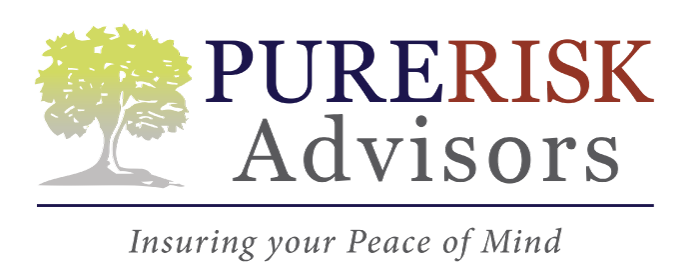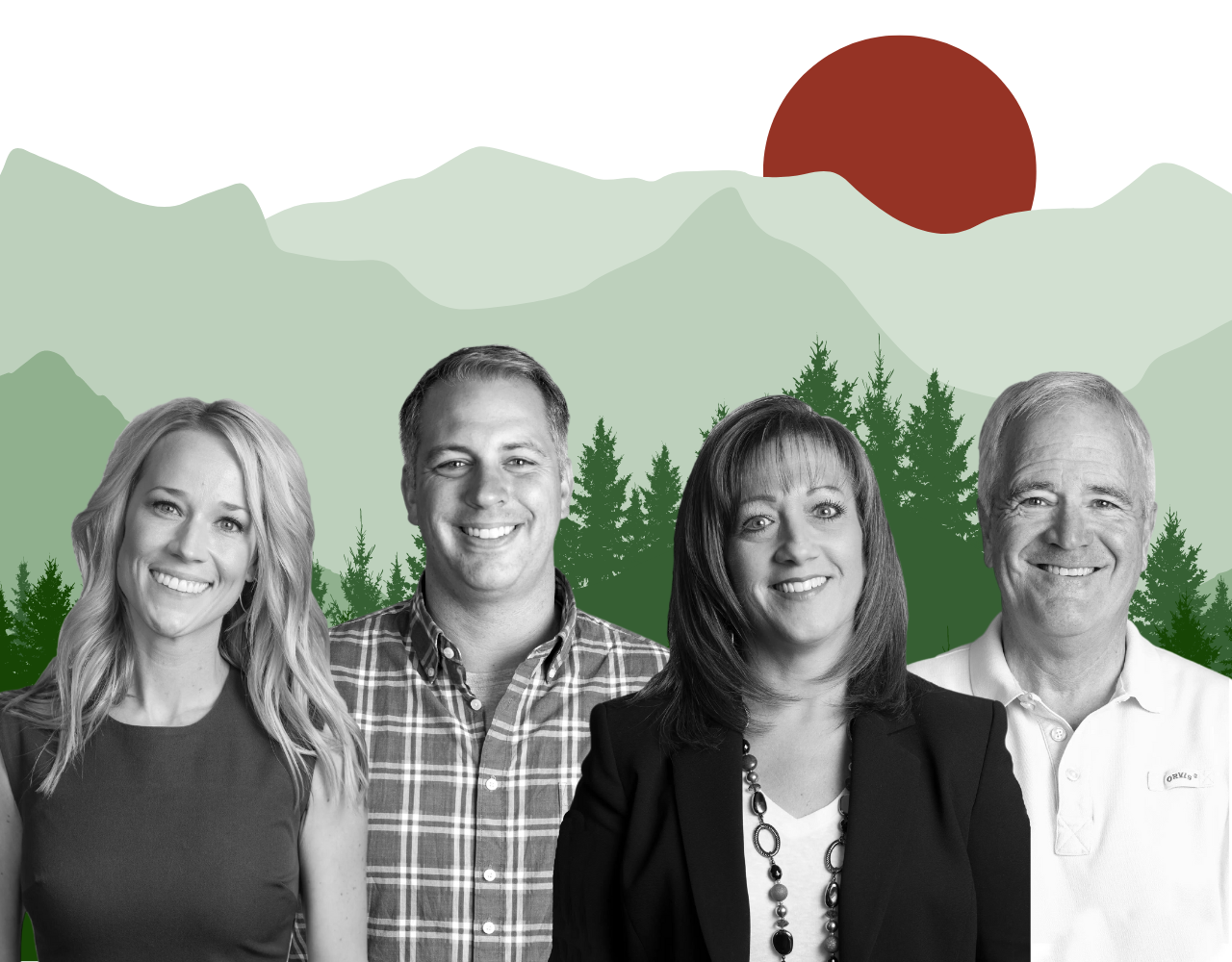Why Commercial Insurance Costs Are Rising for Colorado Businesses in 2024 into 2025
See How We're Different
or call us: 303-834-1001
Colorado businesses are facing a challenging insurance market as commercial insurance rates continue to climb. This increase is not just a local anomaly but part of a broader trend influenced by a mix of environmental, economic, and market-specific factors. Understanding why these costs are rising can help business owners prepare and make informed decisions about their coverage.
Wildfires and Extreme Weather: A Growing Threat
One of the most pressing reasons behind the surge in commercial insurance premiums in Colorado is the increasing frequency and severity of wildfires and other extreme weather events. The state has seen a notable rise in wildfire incidents, which directly impacts insurance claims and risk assessments. For example, the 2021 Marshall Fire devastated many properties, and a study by the University of Colorado Boulder revealed that 74% of homeowners affected were underinsured, with 36% severely underinsured.
These wildfire risks are not limited to homeowners. Commercial properties are equally vulnerable, prompting insurers to reassess their risk models. This reassessment leads to higher premiums as carriers try to offset potential losses. The Rocky Mountain Insurance Information Association describes the current environment as "the hardest market that we've seen in a generation for property insurance," highlighting the strain on insurers dealing with these escalating risks.
Impact on Business Operations
For businesses, the threat of wildfires means more than just higher premiums. It translates to increased scrutiny during underwriting and sometimes reduced coverage options. Companies located in high-risk areas might find it harder to secure affordable policies, forcing them to seek specialized coverage or accept higher deductibles. This situation can create a significant financial burden, particularly for small to medium-sized enterprises that may not have the resources to absorb such costs. Furthermore, the unpredictability of wildfires can disrupt operations, leading to potential revenue losses and impacting employee safety and morale.
Moreover, the ripple effects of wildfires extend beyond immediate financial implications. Businesses may face reputational damage if they are perceived as unprepared for natural disasters. Customers and clients increasingly prioritize sustainability and resilience, which means that companies must not only invest in insurance but also in disaster preparedness and recovery plans. This includes implementing fire-resistant building materials, creating defensible spaces around properties, and developing comprehensive emergency response strategies. As climate change continues to exacerbate these extreme weather events, businesses must adapt to this new reality, integrating risk management into their core operational strategies to ensure long-term viability and success.
Rising Commercial Insurance Rates Nationwide
Colorado's experience reflects a national trend in commercial insurance pricing. According to the WTW Commercial Lines Insurance Pricing Survey, U.S. commercial insurance rates increased by 5.6% in the fourth quarter of 2024. While this rate of increase is slightly moderating, it still represents a significant rise for businesses budgeting for insurance costs.
This nationwide uptick is driven by several factors beyond natural disasters. Claims severity has been rising, and insurers are adjusting premiums to reflect higher payouts. Additionally, legal and regulatory changes, supply chain disruptions, and inflationary pressures contribute to the overall increase in costs. The ongoing effects of the COVID-19 pandemic have also played a role, as businesses adapt to new health regulations and the potential for increased liability claims related to workplace safety.
Inflation and Its Role
Inflation impacts insurance in multiple ways. Replacement costs for damaged property, labor expenses for repairs, and medical costs for liability claims all trend upward with inflation. Colorado's average home insurance premium, for instance, increased by 33% from 2020 to 2023, outpacing general inflation rates, signaling how inflation can amplify insurance costs. This trend is not limited to residential insurance; commercial properties are also facing similar pressures, as the cost of materials and labor continues to rise, forcing insurers to recalibrate their pricing models.
Moreover, the ripple effects of inflation extend to the underwriting process, where insurers are becoming increasingly cautious. They may impose stricter criteria for policy approvals, leading to a more competitive market for businesses seeking coverage. As a result, companies may find themselves facing higher premiums or reduced coverage options, compelling them to reassess their risk management strategies. This evolving landscape necessitates that business owners stay informed about market trends and consider proactive measures to mitigate potential increases in their insurance costs.
Health Care Inflation Adding Pressure
While commercial property insurance grabs headlines, health insurance costs for Colorado businesses are also rising sharply. Michael Halford, Principal and Consulting Actuary at Milliman, notes, "We are entering a period of high health care inflation and projected cost increases." This trend affects employers who provide health benefits to their employees, adding to overall business expenses.
The Colorado Division of Insurance has warned that health insurance rates could increase by as much as 28% in 2026, with some regions like the Western Slope facing average increases near 38%. These rising costs can indirectly influence commercial insurance pricing as businesses adjust their budgets and risk management strategies.
As health care expenses continue to escalate, many employers are exploring alternative strategies to mitigate these costs. Some are considering high-deductible health plans paired with health savings accounts (HSAs), which can provide tax advantages and encourage employees to take a more active role in managing their health care expenditures. Others are looking into wellness programs aimed at improving employee health and reducing long-term costs, recognizing that a healthier workforce can lead to lower insurance premiums and increased productivity.
Moreover, the impact of health care inflation extends beyond just the financial burden on businesses; it also affects employee satisfaction and retention. As employees face higher out-of-pocket costs, they may feel less secure about their health coverage, leading to decreased morale and potential turnover. This situation creates a challenging environment for employers who must balance the need to provide comprehensive health benefits with the realities of rising costs, all while striving to maintain a competitive edge in attracting and retaining talent in a tight labor market.
Underinsurance and Its Consequences
Underinsurance remains a critical issue in Colorado, particularly after major disasters. The Marshall Fire study highlighted that many homeowners were underinsured, but this problem extends to commercial properties as well. Businesses that underestimate the value of their assets or the scope of potential risks may find themselves inadequately covered when disaster strikes. This lack of coverage can be particularly devastating in a state prone to wildfires, floods, and other natural disasters, where the financial impact can be catastrophic. For instance, companies may face not only the loss of physical assets but also the interruption of operations, leading to a prolonged recovery period and potential loss of clientele.
Underinsurance can lead to significant out-of-pocket expenses after a claim, which in turn affects how insurers price future policies. When claims payouts exceed expectations, insurers raise premiums across the board to recover losses, affecting all policyholders in the region. This cycle can create a ripple effect, where businesses that are already struggling to recover from a disaster are further burdened by rising insurance costs. Additionally, underinsurance can result in legal complications, as businesses may find themselves unable to meet contractual obligations or facing lawsuits from stakeholders who expect coverage for losses that are not adequately insured.
How Businesses Can Address Underinsurance
Regularly reviewing and updating insurance coverage is essential. Businesses should conduct thorough valuations of their property, equipment, and potential liabilities. Engaging with insurance professionals who understand local risks can help tailor policies that provide adequate protection without unnecessary cost. Furthermore, businesses should consider investing in risk management strategies, such as disaster preparedness training and emergency response plans, to mitigate potential losses. By proactively addressing these risks, companies can not only protect their assets but also enhance their resilience against future disasters.
Another effective strategy is to participate in community risk assessment initiatives, which can provide valuable insights into local hazards and the adequacy of current insurance policies. Collaborating with other businesses and local government can lead to a more comprehensive understanding of the risks faced by the community. This collective approach not only fosters a sense of solidarity among businesses but can also lead to better negotiating power with insurers. By advocating for more tailored insurance products that reflect the unique challenges of their environment, businesses can work towards a more secure and sustainable future.
What Colorado Businesses Can Do Now
Facing rising commercial insurance costs, Colorado businesses need proactive strategies. Risk mitigation efforts such as improving fire safety measures, investing in property upgrades, and enhancing employee safety programs can help reduce premiums by lowering risk profiles. For instance, installing advanced fire suppression systems and conducting regular safety drills not only protects employees and assets but can also impress insurers, leading to potential discounts on premiums. Furthermore, businesses can benefit from creating a comprehensive safety culture, where employees are regularly trained and engaged in safety practices, reducing the likelihood of accidents and claims.
Additionally, businesses should shop around and compare policies, considering both coverage and price. Working with brokers who specialize in the Colorado market can uncover options that balance cost and protection effectively. These brokers often have insights into local trends and risks, enabling them to recommend tailored solutions that meet specific business needs. Moreover, leveraging technology such as insurance comparison tools can streamline the process, allowing businesses to quickly assess various options and make informed decisions.
Understanding Coverage Options
Commercial insurance policies vary widely. Basic coverage might protect against fire and theft, but extended policies can include business interruption, liability, and natural disaster endorsements. Knowing the differences and selecting appropriate coverage is key to managing costs and risks. For example, businesses in areas prone to wildfires or floods should consider additional endorsements that specifically cover these natural disasters, ensuring they are protected against the unique risks they face. Additionally, understanding the nuances of each policy can empower business owners to negotiate better terms or identify unnecessary coverages that can be eliminated to save costs.
Understanding these distinctions helps businesses avoid gaps in coverage that could lead to costly surprises. Additionally, businesses should regularly review their policies and coverage limits, especially after significant changes such as expansions or new product lines. This proactive approach ensures that as the business evolves, its insurance coverage remains adequate and relevant, safeguarding against unforeseen events that could jeopardize operations.
Looking Ahead: What to Expect in 2025 and Beyond
Insurance experts project that Colorado's commercial insurance market will remain tight through 2025. With ongoing wildfire risks, inflationary pressures, and economic uncertainties, premiums are expected to continue rising, though perhaps at a more moderate pace.
For Colorado homeowners, average premiums are projected to reach $6,630 by the end of 2025, marking an 11% increase from 2024. While this figure focuses on home insurance, it reflects broader market trends that also affect commercial policies. Businesses should anticipate similar upward pressure on their insurance costs and plan accordingly.
Staying informed about market developments and maintaining open communication with insurers will be crucial. Businesses that demonstrate strong risk management and maintain adequate coverage may find better opportunities for stable premiums.
In addition to the aforementioned factors, the increasing frequency and severity of natural disasters are reshaping the insurance landscape. Colorado, known for its stunning landscapes, is also facing heightened risks from climate change, which can lead to more unpredictable weather patterns. This not only affects property values but also influences the underwriting processes that insurers use to assess risk. As a result, companies may need to invest in more robust disaster preparedness strategies to mitigate potential losses and appeal to insurers.
Moreover, technological advancements are playing a significant role in the evolution of the insurance market. Insurers are increasingly utilizing data analytics and artificial intelligence to better understand risk profiles and tailor policies to meet specific needs. For businesses, this means that embracing technology and data-driven decision-making can lead to more personalized coverage options and potentially lower premiums. As we move closer to 2025, those who adapt to these changes and leverage new tools will likely find themselves at a competitive advantage in managing their insurance costs.
Frequently Asked Questions
Q: Why are commercial insurance rates rising faster in Colorado than in other states?
A: Colorado faces unique risks such as frequent wildfires and extreme weather, which increase claim frequency and severity, pushing premiums higher.
Q: How can businesses reduce their commercial insurance costs?
A: Implementing risk mitigation strategies, regularly reviewing coverage, and working with knowledgeable brokers can help manage costs effectively.
Q: What does it mean if a business is underinsured?
A: Underinsurance means the coverage limits are too low to fully cover losses, which can lead to significant out-of-pocket expenses after a claim.
Q: Are health insurance cost increases related to commercial insurance premiums?
A: While separate, rising health insurance costs add to overall business expenses and can influence budgeting and risk management decisions.
Q: What types of commercial insurance should Colorado businesses consider?
A: Property, liability, and business interruption insurance are essential, with additional coverage tailored to specific risks and industries.













